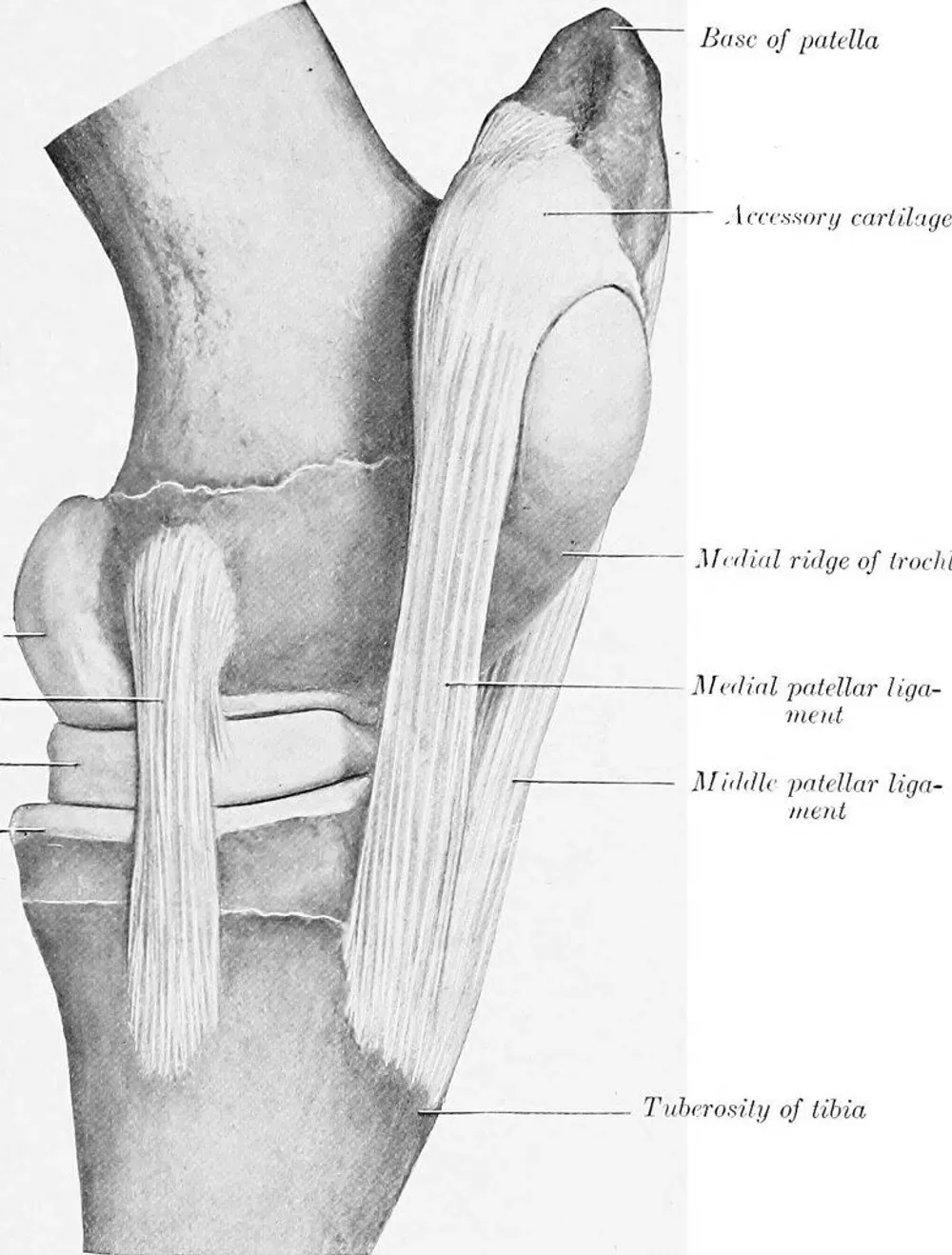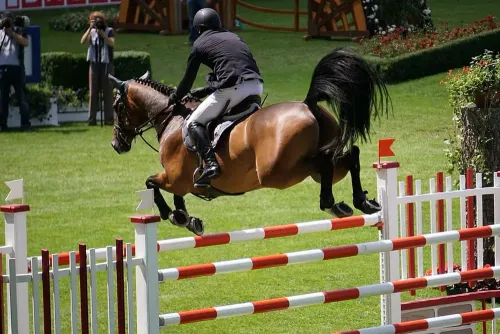
Table of Contents
What is a locking stifle?
Locking the stifle is rather traumatic to look at and can be mistaken for a broken hind limb. To understand the condition we need to look at how the stifle joint works when a horse is at rest. When a horse is standing the medial patella ligament is hooked over a notch at the end of the femur bone. This permits the horse to sleep while standing and to bear weight on a hind leg without muscular effort. The horse has evolved to sleep without lying down to permit a quick getaway in the event of a predator approaching.
A locking stifle means the medial patella ligament is not released when the horse tries to move. This causes the horse's leg to be dragged until the ligament is released. The correct term for this condition is called upward fixation of the patella.
Is a locking stifle a serious condition?
The good news is that locking stifles are not always a serious problem. Mildly affected horses may momentarily lock when starting to walk after standing still. However, horses that can not return to normal activity after a few strides are unrideable and will need some intervention.
What types of horses suffer from locking stifles?
Locking stifle occurs across all breeds of horses and at any age. However, younger horses are more prone to developing the condition because they have weaker or underdeveloped muscles around the stifle. Horses in poor physical condition are also more prone to developing locking stifles as are horses with upright back legs (a post-leg conformation). Nevertheless, some horses with good conformation and good physical condition are prone to locking stifles.

A horse with a very upright back leg
This post-legged horse is more likely to develop a locking stifle than a horse with good back leg conformation.
Injury can cause a locking stifle!
The stifle may lock when inflammation in the femur bone causes the medial patella ligament to get stuck.
What are the symptoms my horse has locking stifles?
- The leg is stiff, locked in extension. and is dragged.
- The leg locking may only be evident when moving off after resting.
- In mild cases a popping sound in the region of the stifle.
- Swelling around the stifle can indicate damage to the joint.
- A lack of muscling around the stifle.
What can I do if my horse suffers from locking stifle joints?
With young horses, the problem generally rectifies itself. Some underweight youngsters with sticking stifles just need to gain weight and the problem disappears. With fully-grown horses corrective shoeing can solve the problem and increasing a horse's fitness through a strengthening programme can be highly beneficial. The aim will be to increase the tension and strength of the medial patella ligament and stop it from locking.
Interesting information!
A locked stifle can often be released by making the horse walk backwards.
What can my farrier do with corrective shoeing to help my horse with a sticking stifle?
Your farrier will aim to encourage medial breakover. using specific shoeing methods. The aim will be for the horse to get its toe off the ground before the patella becomes locked. Corrective shoeing of the hind foot will involve any of the following:
- Lateral heel wedges
- Rolling shoeing
- Rockering shoeing
- Full bar shoeing
What exercise programme should I use to improve my horse's stifle strength?
In many cases building up the strength of the horse's quadricep muscles and strengthening the soft tissue surrounding the stifle joint prevents sticking stifles. Here are two useful exercises to use with a horse to prevent sticking stifles.
- Riding over ground poles and progressing to poles slightly rained off the ground to encourage leg lift and muscular strength.
- Walking and then with increased fitness progressing to trotting up hills also improves muscular strength.
What medical procedures are available for my horse with a locking stifle?
If a horse has a loose medial patella ligament your vet might decide to reduce the elasticity of the ligament so it does not stretch and stay locked. This is achieved by causing mild scaring of the affected ligament. Two methods are generally used and they are:
- Injecting iodine into the ligament will cause it to stiffen.
- Splitting’ the patellar ligament which is a minor surgical procedure that causes the ligament to scar.
If locking stifles are caused by inflammation of the bone non-steroidal anti-inflammatory drugs and corticosteroids can be administered to reduce the inflammation and permit the medial patella ligament to release. Your veterinarian will advise on the suitability of this cause of action.
Interesting information!
Medial patellar ligament desmotomy, where the ligament is cut so that it can not lock on the end of the femur bone is an unpopular procedure due to the post-op complications affecting the stifle joint.
The take-home message
Locking stifles can be of no significance or can prevent a horse from being ridden. The horse's back leg conformation affects the likely hood of the condition developing and post-legs are highly susceptible. Keeping fit and at the optimum weight will be beneficial for any horse with clicky stifles or stifles that lock after standing. Finally, some horses will need careful shoeing and/or veterinary support to prevent or manage locking stifles.

Article Suggestion
Preventing and Treating Stifle Injuries in Horses: Spotting Problems and Effective Solutions
